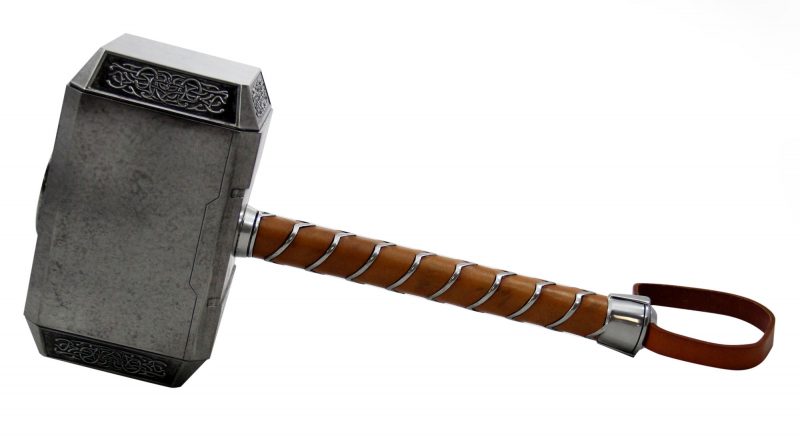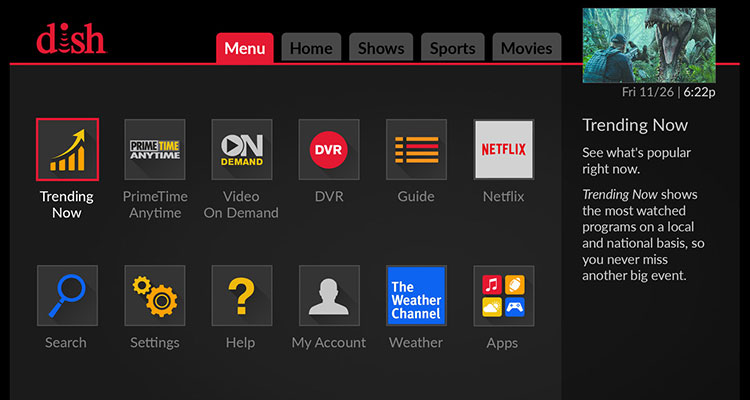What’s So Great about the Netflix Experience?
Streaming content from providers like Netflix, Blockbuster and others is gaining rapid popularity with consumers. But my personal experience in watching content from Netflix suggests the image quality is not very good compared to other sources. Consumers seem to love it, so maybe they prefer free, cheap or on-demand over image quality. To get a better idea of the issues with Netflix quality, I decided to do some qualitative evaluations. These are detailed in a much longer article that will appear in Large Display Report shortly, but let me summarize some of the results for this DD here.
For the evaluation, I used my home TV set up. This consisted of streaming movies from my Netflix account and distributing them via a wireless network to an Apple TV 2 attached to my PDP TV via a HDMI cable.
I tested my bandwidth connection and found I was able to get maximum download speeds of 12.7 to 14.2 Mbps. This is much better than the average U.S. home, so any artifacts I observe and that are related to the internet connection will be worse on most other TVs (I typically have no download pauses while watching movies).
We looked at four movies streamed from Netflix with image capture from the TV using a Canon Power Shot digital camera. We took screen shots of the following movies:
- The Name of the Rose
- Secretariat
- National Geographic: Ultimate Cats
- National Geographic: Super Carrier
The Name of the Rose was nearly unwatchable as the film was low quality to begin with and the high compression used by Netflix really caused problems.
Secretariat delivers a much better image quality overall. The attached screen shot shows a very watchable slow motion scene with minimal motion and compression artifacts. While the colors seem to be a little over saturated, the fine detail is actually pretty good. When watched from a closer viewpoint however, the details in the image show considerable compression artifacts. All edges show a distinct ghosting and some significant hue shifts in the finer detail.
National Geographic: Ultimate Cats has decent image quality on still images when viewed from a fair distance, but if one looks more closely at the leopard skin, it reveals some of the image compression artifacts that result from this type of pattern. While leopards have white and brown colored regions, it seems the image compression creates some patterns on its own. This is very visible at the right side of the dark spots and becomes even clearer when watched in a close-up. The image processing actually creates ghosting around the black spots resulting in overly bluish-white regions to the right of every black spot. Leopard skin seems to challenge the image compression schemes used for this show.
The more important artifact introduced during image compression is the introduction of motion artifacts. These become very evident when the compression ratios increase or there are bandwidth limitations. While some of the blur can actually come from the acquisition process itself, we believe that in this case, much of the motion blur and loss of resolution, contrast and color fidelity stems from the video compression itself.
This summarizes our overall experience very well.
- Today Internet video streaming delivers a wide range of video quality ranging from almost un-watchable to a decent SD quality TV quality
- Quality varies by source provider and can strongly influence, contrast, color fidelity and ghosting
- Motion artifacts are present in all streamed video (not surprisingly though) and are the weakest aspect for this content platform
- With higher download bandwidth and lower compression schemes this platform will provide SD quality video in the near future – HD video quality is still some years away for the average consumer
For more details and pictures, see the August issue of Large Display Report.
Norbert Hildebrand is an analyst for Insight Media. Reach him at norbert@insightmedia.info





